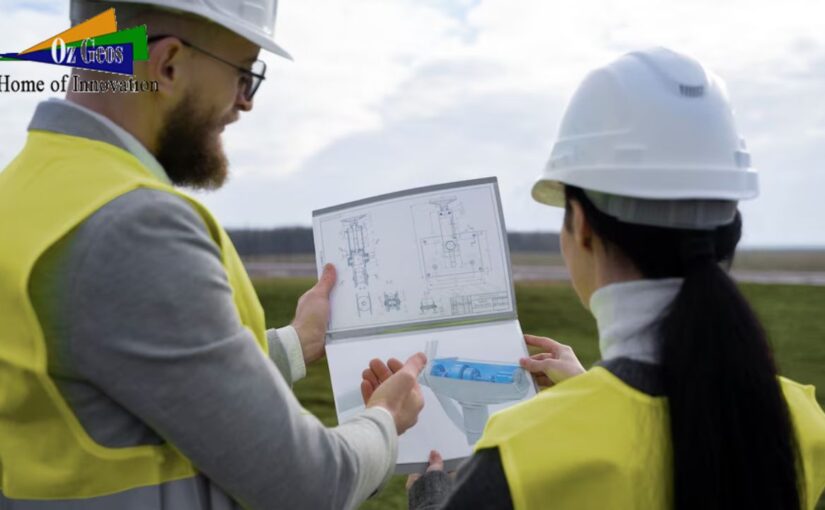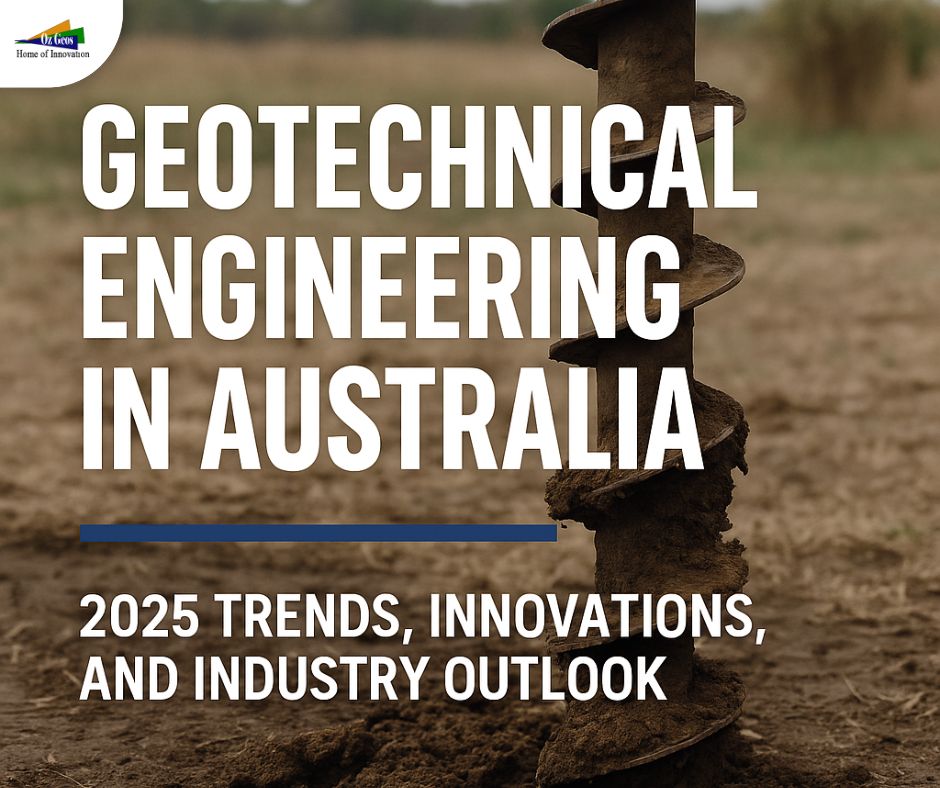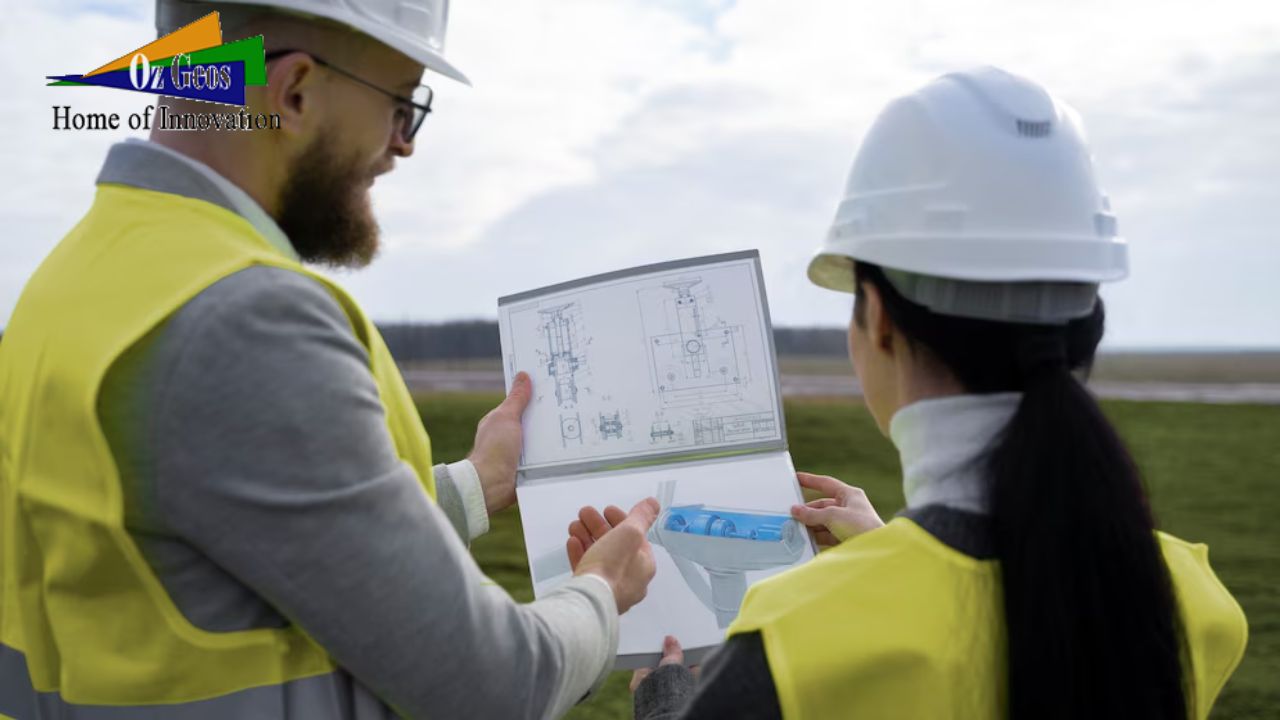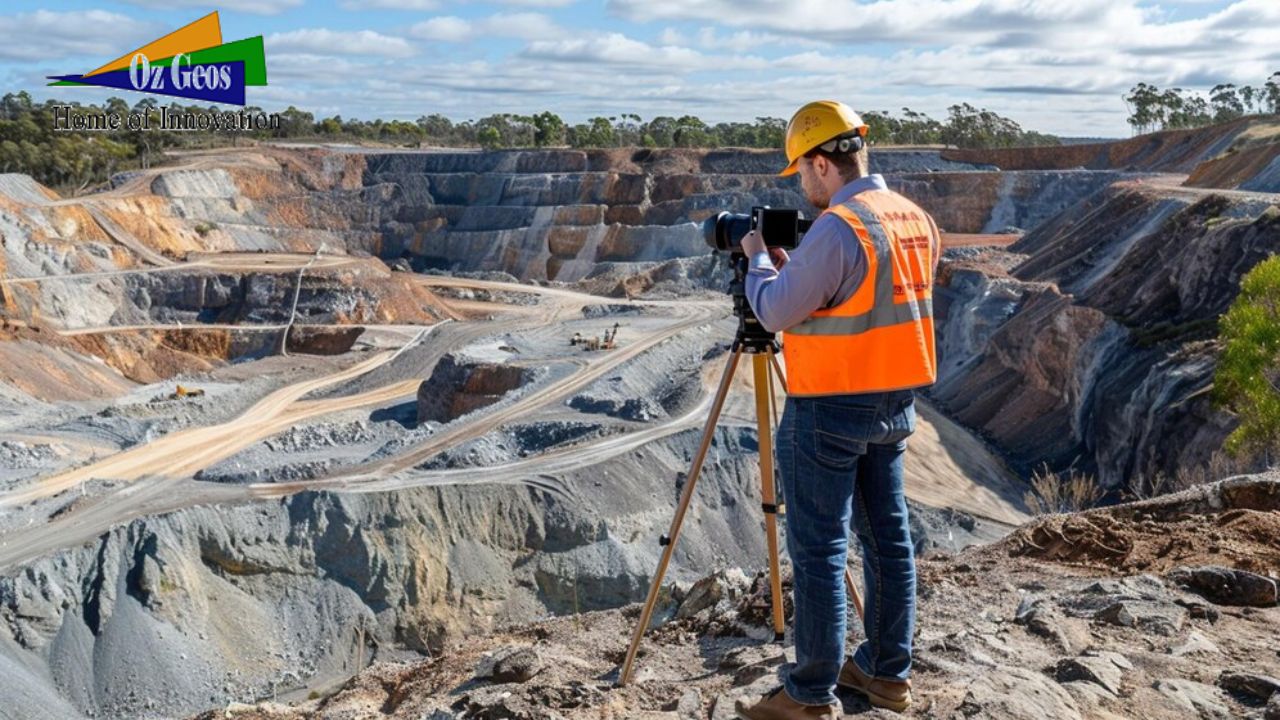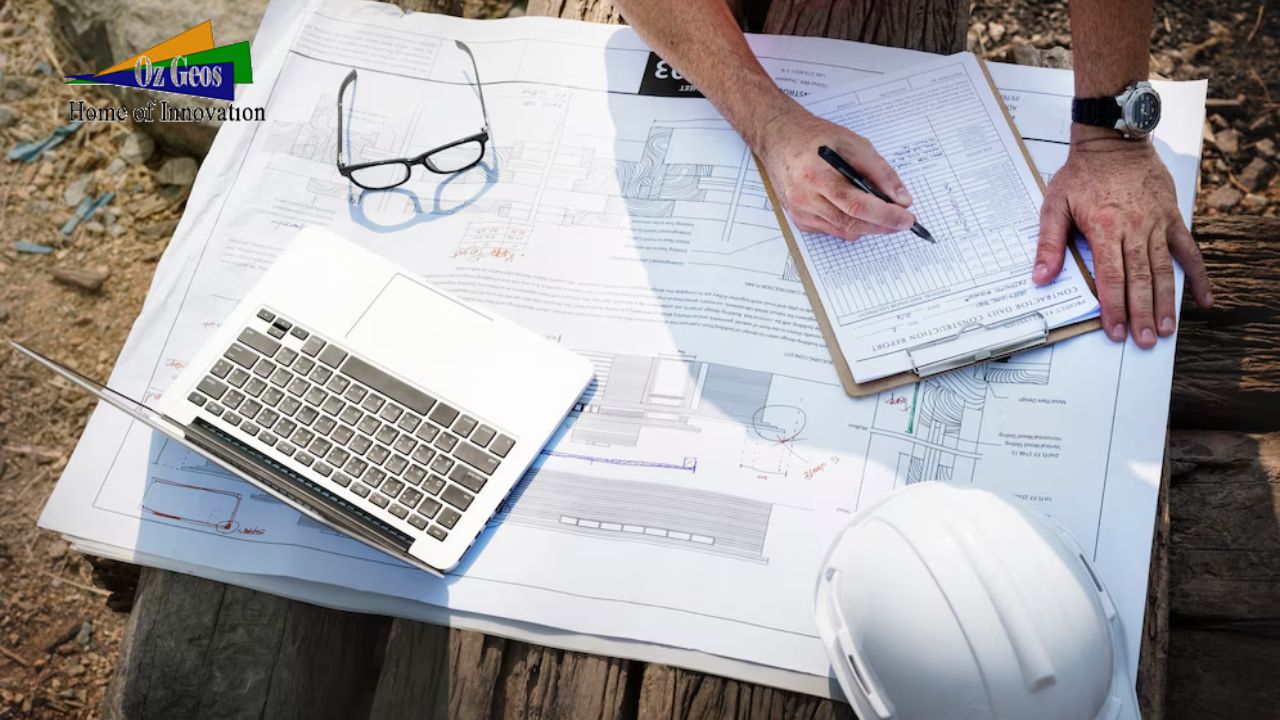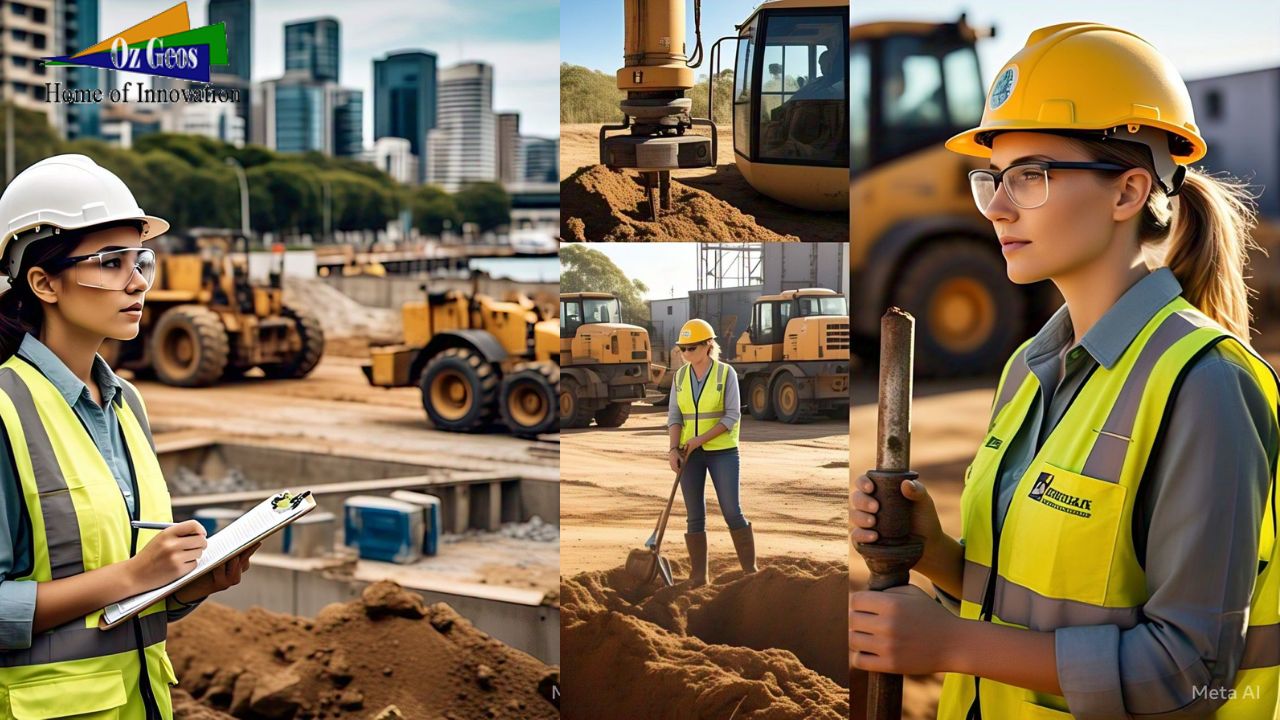The Role of Geotechnical Engineering in Sustainable Construction Across Australia
Sustainable construction is changing Australia’s built environment, inspired by the urgent need to decrease carbon footprints, protect natural resources, and create resilient infrastructure. Geotechnical engineering is at the core of this movement, as it ensures that structures are built on secure, sustainable foundations. Geotechnical engineers help Australia meet its sustainability goals via advanced soil analysis, soil enhancement methods, and sustainable materials.
Understanding Geotechnical Engineering in Construction
Geotechnical engineering studies the connection of constructions and the earth. Engineers analyze soil, rock, and groundwater conditions to ensure security, prevent failures, and enhance construction designs. Geotechnical ability is essential in all construction work in Australia, which has a diverse geology that includes sandy coastal plains to extensive clay soils and rocky terrains.
Sustainable Practices in Geotechnical Engineering
To contribute to sustainable construction, geotechnical engineers employ a range of environmentally friendly strategies:
- Efficient Land Use and Site Selection
Geotechnical engineers assist developers in selecting places with little environmental
impact by conducting detailed site studies. This reduces unnecessary land disturbance,
protects ecosystems, and reduces the need for expensive earthworks.
- Ground Improvement and Soil Stabilization
Instead of removing and replacing unsuitable soil, sustainable projects attempt to
improve electricity ground conditions Techniques like.
- Lime and stabilization of cement may decrease the requirement for fresh materials.
- Geosynthetics increase soil strength while conserving resources.
- Biocementation, that utilizes bacteria to naturally strengthen soil, is an emerging sustainable approach.
- Sustainable Foundations
Traditional deep foundations need a lot of concrete and steel, each of which have a high carbon footprint. Sustainable alternatives include:
Sustainable approaches include screw piles that can be removed and recycled.
Floating foundations require minimal construction.
Timber piles derived from carefully managed forests offer a low-carbon preference.
- Water Management and Erosion Control
Effective geotechnical designs help to control rainwater, decrease soil erosion, and preserve water quality. Permeable surface roadways, retention reservoirs, and bioengineered slopes all lead to better runoff control and less load on urban drainage systems.
- Recycled and Low-Carbon Materials
Using recycled aggregates, fly ash in concrete, and obtained construction materials helps to reduce waste and embodied carbon in construction. Geotechnical engineers test and combine these materials to build safe and permanent constructions.
- Climate Resilient Design
Geotechnical engineers must find responsive solutions to Australia’s climate issues, which include bushfires, flooding, and coastal erosion. Elevated structures, reinforced foundations, and natural buffer zones help minimize climate-related risks and preserve ecological balance.
Real-World Applications in Australia
Several Australian projects highlight the impact of sustainable geotechnical engineering:
- Sydney Metro: Tunneling and foundation designs reduce environmental impact while using sustainable ground strengthening solutions.
- Brisbane’s Cross River Rail: Advanced geotechnical analysis serves to enhance tunnel stability and reduce material waste.
- Coastal Erosion Protection in Victoria: Combines geotechnical techniques with natural restoration to safeguard coastlines from rising sea levels.
The Future of Sustainable Geotechnical Engineering
Geotechnical engineering is evolving to become more environmentally conscious through advances in artificial intelligence, geospatial mapping, and bioengineering. Future projects will include carbon-neutral materials, smart sensors for ground monitoring, and AI-powered risk assessment to maximize designs while reducing environmental impacts.
As Australia continues to lead in sustainable building, geotechnical engineers are at the forefront, assuring that infrastructure is not only strong and safe, but also environmentally responsible. OzGeos.com provides further information on geotechnical advancements and sustainable construction.

